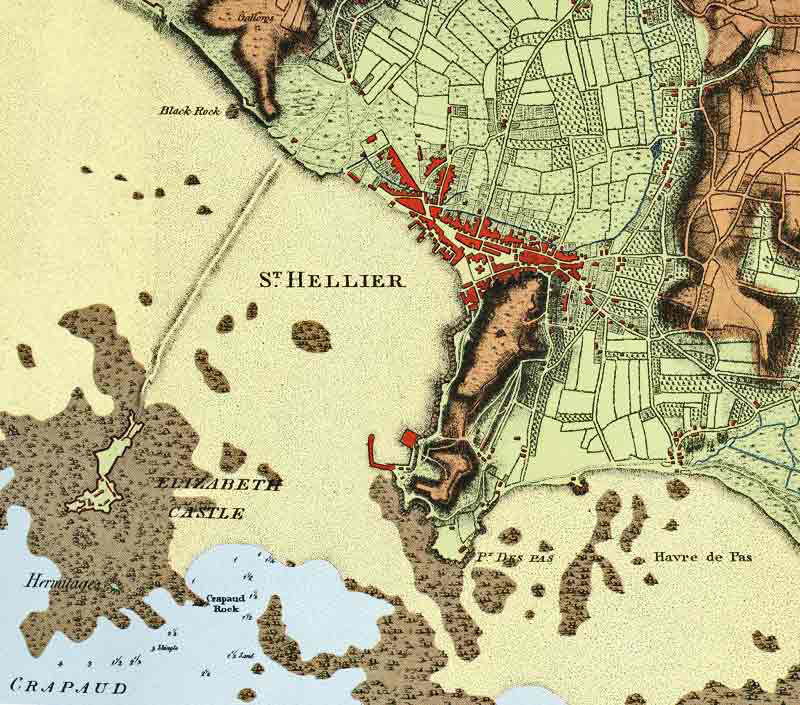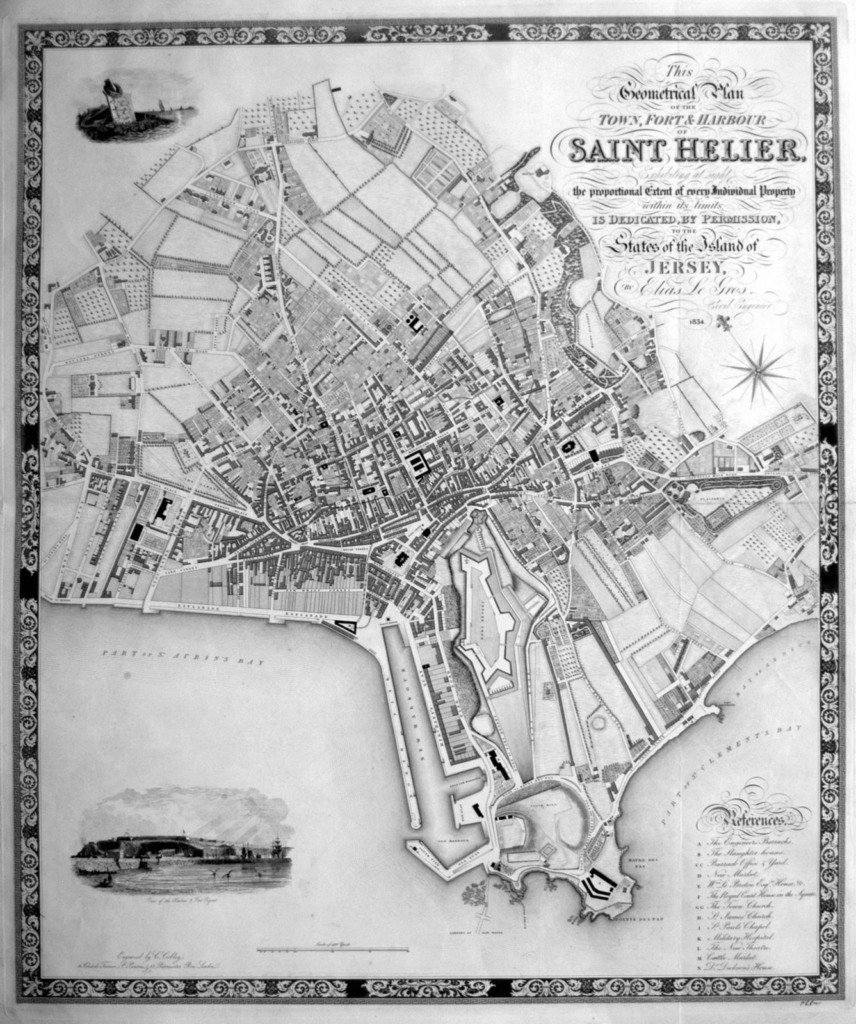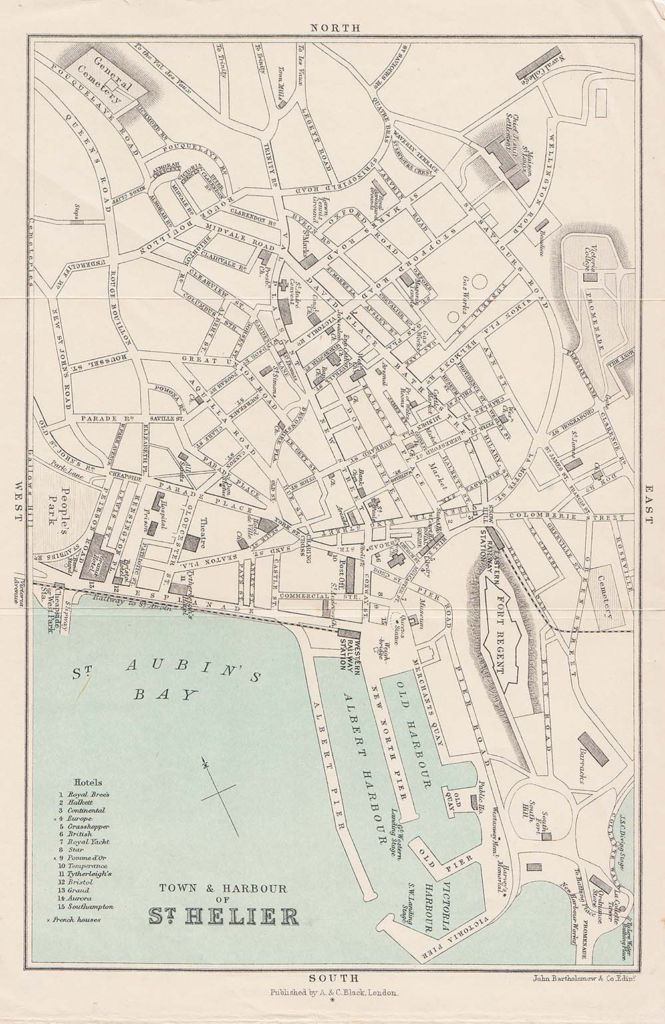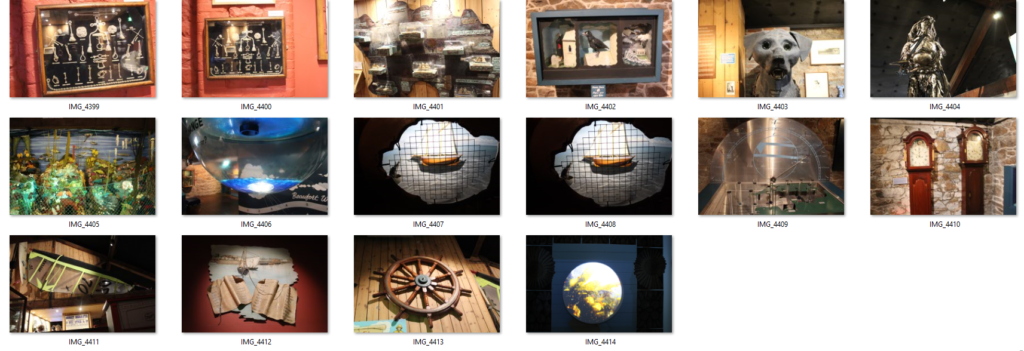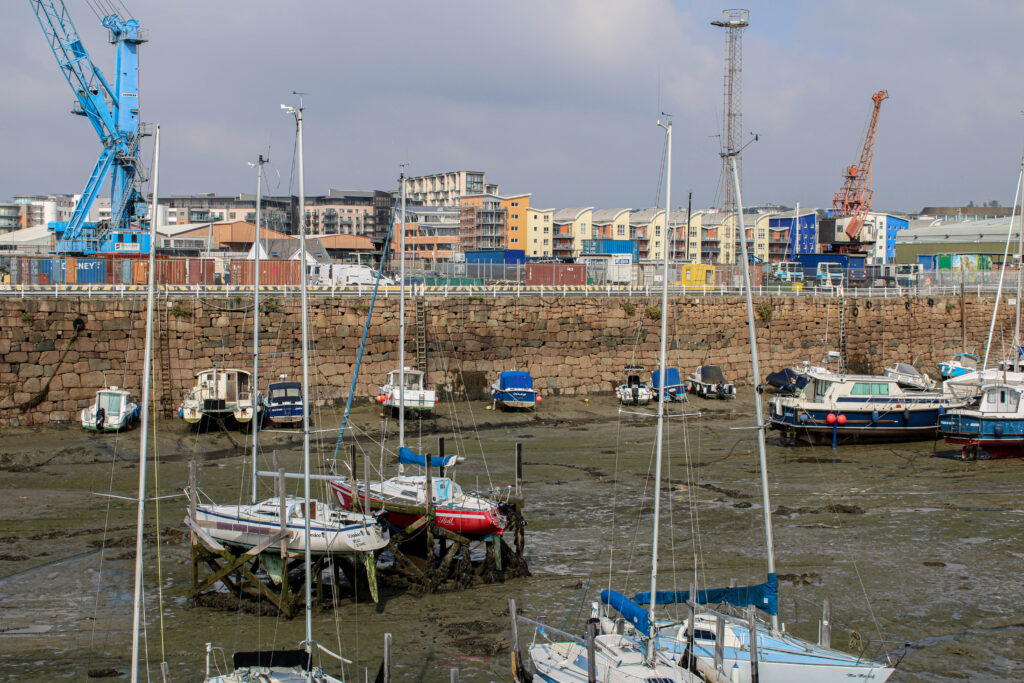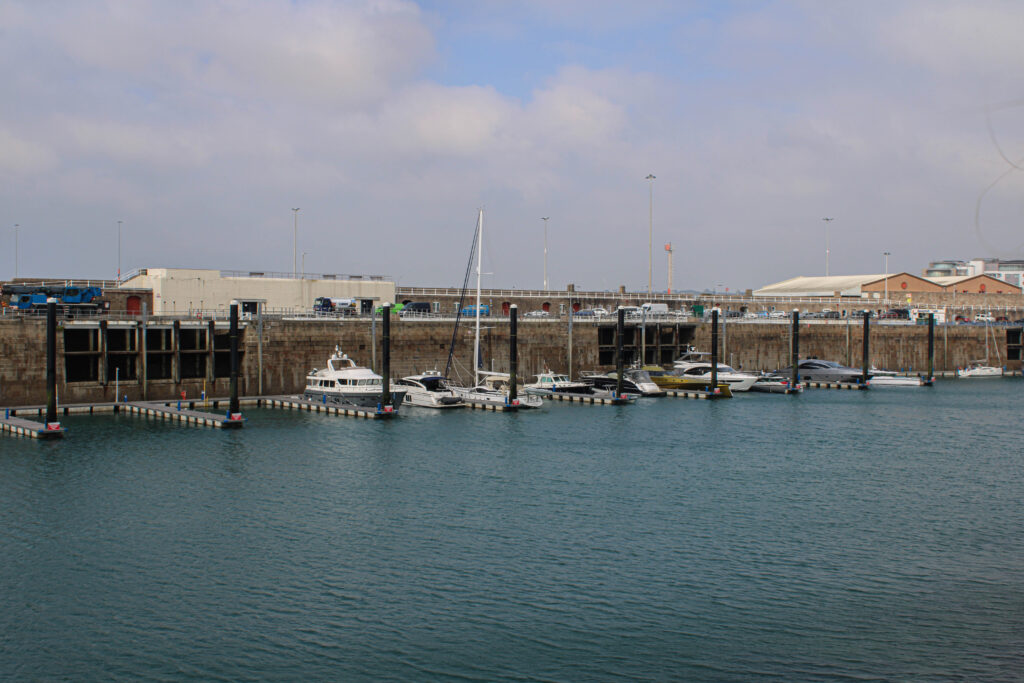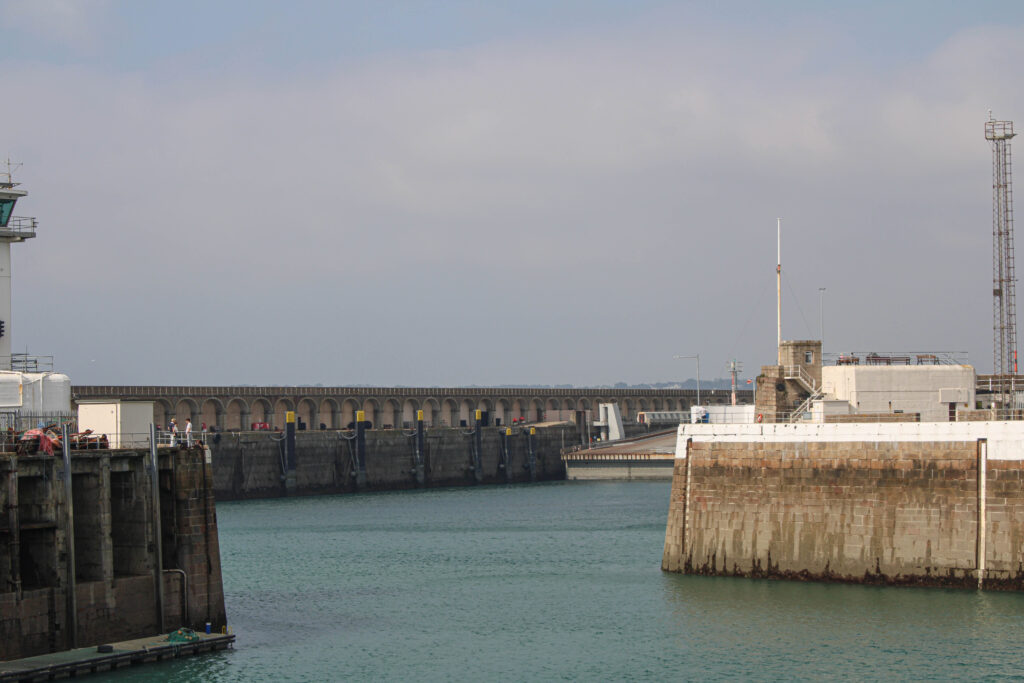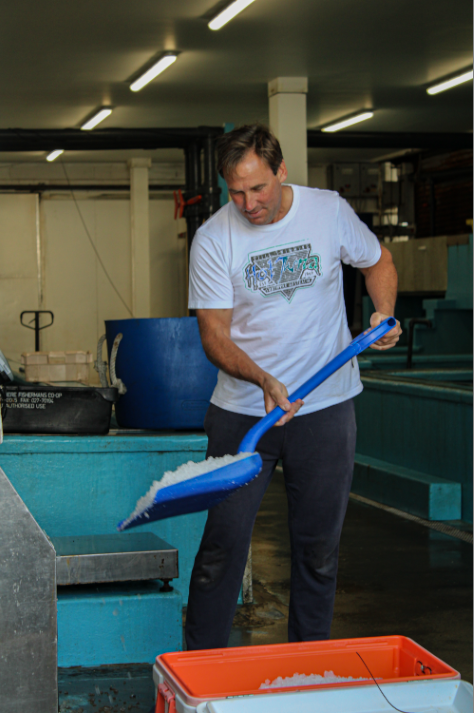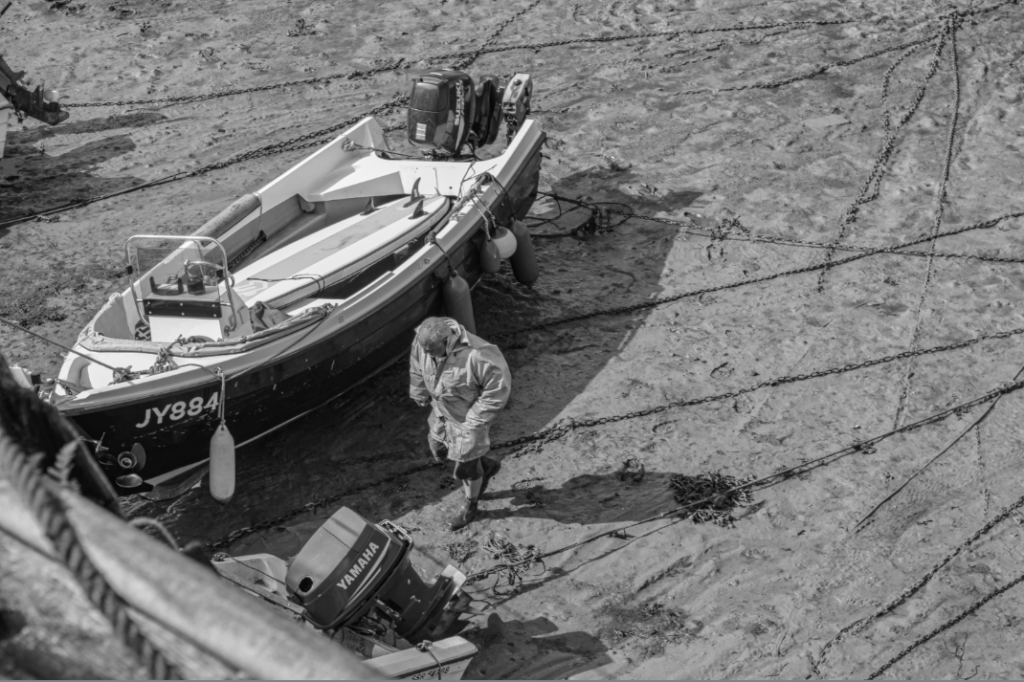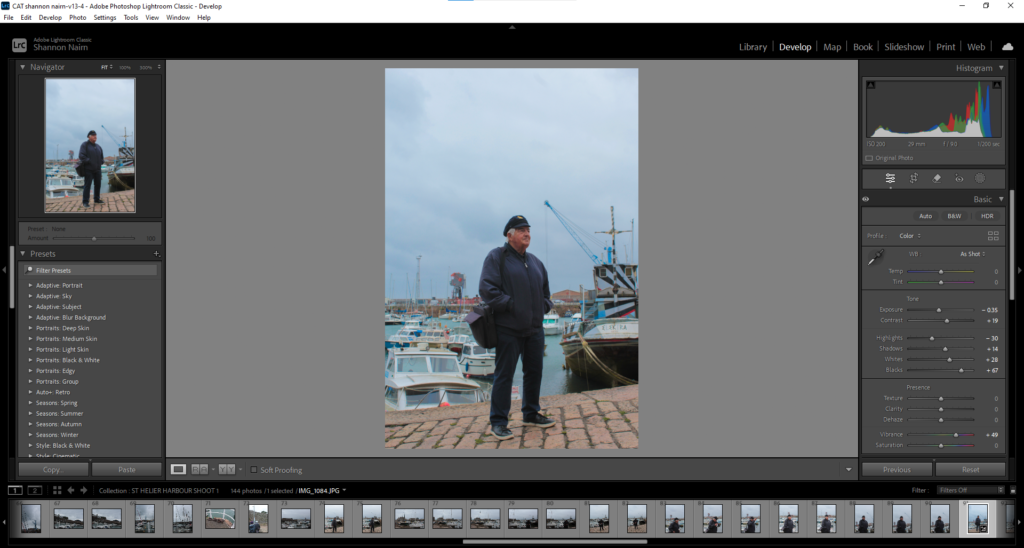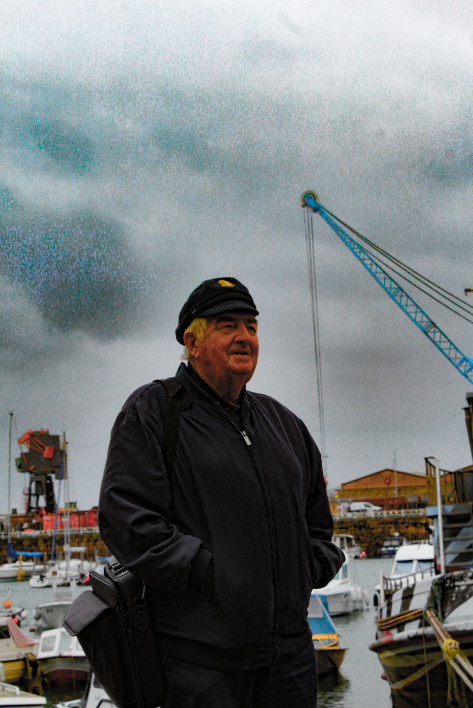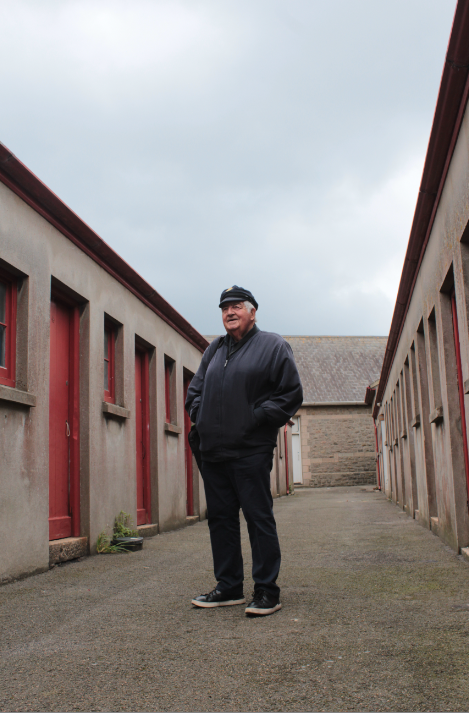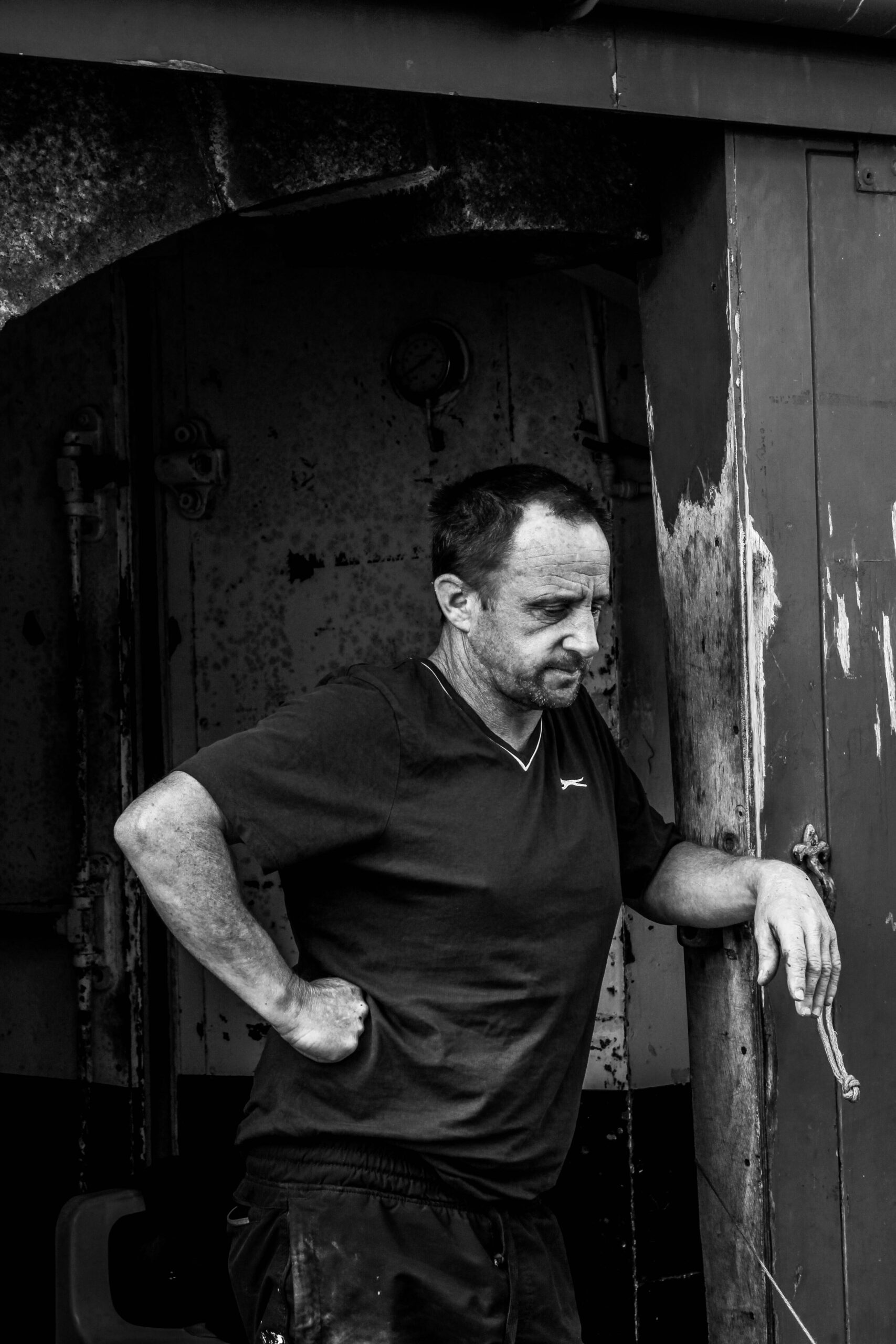Jerseys Harbours Now
Much of the harbour infrastructure is ageing and no longer meets the needs of today’s passengers or vessels. The Harbour Master Plan aims to modernise the facilities which have developed piecemeal over many centuries.
The regeneration will safeguard the long-term viability of the harbour, serving both passengers and freight, improve customer experience, and realise the area’s potential as a leisure, cultural and tourism destination.
Saint Helier Harbour is the main harbour on the Channel Island of Jersey. It is on the south coast of the island, occupying most of the coast of the main town of St Helier. It is operated by Ports of Jersey, a company wholly owned by the Government of Jersey.[2]
Facilities include three marinas for berthing private yachts on pontoons, drying harbours and facilities for commercial shipping including roll-on/roll-off ferry berths, a tanker berth and a dock for lift-on/lift-off cargo ships.
Harbour Meaning
Saint Helier Harbour is named after Helier (or Helerius), a 6th-century ascetic hermit from Belgium. The traditional date of his martyrdom is AD 555. His feast day, marked by an annual municipal and ecumenical pilgrimage to the Hermitage, is on 16 July.
The medieval hagiographies of Helier, the patron saint martyred in Jersey and after whom the parish and town are named, suggest a picture of a small fishing village on the dunes between the marshy land behind and the high-water mark.
Harbour History
Over the years, the harbour did develop a lot. From the 19th century to the 21st century, the size, technicality and involvement has changed dramatically as the roads and land grew near the harbour.
In the 19th Century the Old Harbour was constructed. The Chamber of Commerce urged the States Assembly to build a new harbour, but they refused, so the Chamber took it into their own hands and paid to upgrade the harbour in 1790. To shelter the jetty and harbour a new breakwater was constructed and in 1814 the merchants constructed the roads now known as Commercial Buildings and Le Quai des Marchand’s. They did this to connect the harbours to the town and in 1832 construction was finished on the Esplanade and its sea wall. In 1837, a rapid expansion in shipping led the States of Jersey to order the construction of two new piers.
The main harbour is the Victoria quay and the North quay.
Marinas
There are three marinas — the La Collette Yacht Basin, the Saint Helier Marina (built in 1980) and the Elizabeth Marina. The La Collette Yacht Basin is the only one of these to provide non-tidal, 24-hour access to the sea and is home to Jersey’s commercial fishing fleet.
Since 2008, Saint Helier Marina has been the venue for the annual Jersey Boat Show.
Conclusion
The development of the harbours on Jersey, Channel Islands, is a story closely linked to the island’s economic, strategic, and military importance over the centuries. Early in Jersey’s history, natural harbours like St. Helier’s Harbour were essential for trade and fishing, with St. Helier becoming the island’s main port by the Middle Ages, serving as a key hub for maritime activity between England, France, and the wider world. The growth of Jersey as a naval and trading outpost under the Normans in the 12th century led to the expansion of port facilities, although the lack of a deep natural harbour at St. Helier initially limited larger ships. This prompted the construction of piers, wharves, and protective breakwaters. Over the centuries, as Jersey’s maritime economy flourished with its significant involvement in fishing, shipbuilding, and privateering, these early harbours were progressively expanded and fortified. The 16th and 17th centuries saw the construction of fortified structures, such as Elizabeth Castle, which, along with other forts, played a role in protecting the harbours from French and Spanish threats during the ongoing conflicts between England and France. By the 18th and 19th centuries, the commercial and strategic importance of Jersey’s harbours had grown significantly, especially during the Napoleonic Wars, when extensive fortifications were added to safeguard against potential invasion. St. Helier’s Harbour underwent major redevelopment in the 19th century with the construction of new piers and docks to accommodate an increase in trade, including the flourishing fishing and shipping industries, which saw Jersey involved in global trade routes, particularly in commodities like sugar, rum, and cotton. The advent of steamships in the 19th century further prompted infrastructure improvements to cater to more efficient, faster vessels. The construction of St. Aubin’s Harbour in the 18th century also added to Jersey’s maritime capacity, serving both as a commercial port and a military port during times of conflict. The 20th century brought new challenges, particularly during World War II, when the harbours were crucial for German occupation forces, who strengthened coastal defenses and constructed naval installations. After the war, the harbours were modernized for post-war trade and tourism, with increased passenger ferry services linking Jersey to France and mainland Britain. St. Helier’s Harbour was significantly expanded and modernized in the mid-20th century with the creation of new quays, deepening of docking areas, and the construction of new port facilities to accommodate larger vessels. Today, the island’s harbours, especially St. Helier, remain central to Jersey’s economy, serving as the main gateway for imports, exports, tourism, and leisure boating. The harbours continue to evolve, with modern facilities for cruise ships, cargo handling, and recreational yachts, while maintaining their historical legacy as vital nodes in Jersey’s maritime heritage. The development of the island’s harbours, therefore, mirrors its shifting roles in European trade, warfare, and modern tourism, shaping both the physical and cultural landscape of Jersey.
